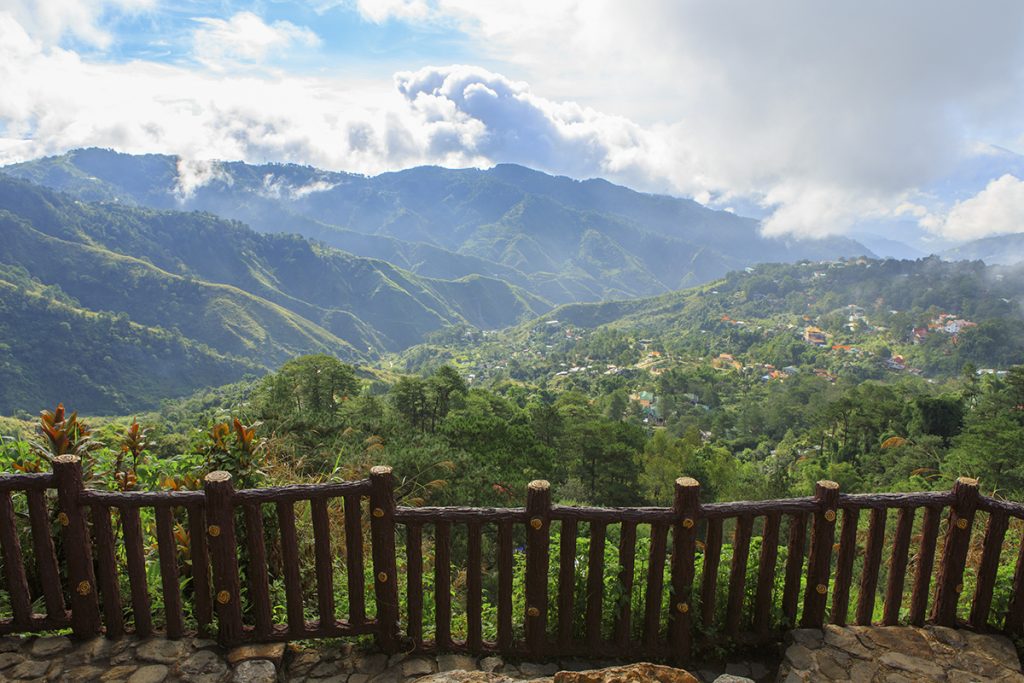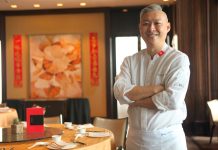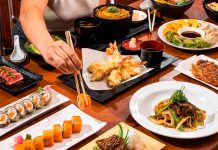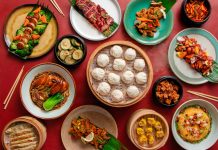A FEW years ago, my family and I took a cruise from the US around the Caribbean with some Filipino-American family friends. Now, aside from docking at a different place every day, cruises are widely popular because of the vast culinary options aboard. Gout willing, I would have eaten steak for every meal, but I digress.

Our waiter, a charismatic superstar server on this particular vessel, just happened to be Filipino. Every day we would have dinner in the same restaurant with the same server, upon request, of course. We would banter in our native Filipino between courses, and one night he assured us that there was something special coming. He returned with a large tray and—surprise! Our steaks became sinigang.
I recall how the excitement of our friends over having something they couldn’t easily get, something they obviously missed, couldn’t compare to the pride you could see on the server’s face as he served the dish. One could only imagine how he orchestrated such a gesture. They would have had to use their own rations of sinigang mix, ask chefs from the kitchen to prepare the dish, and maybe even slyly send it to our table unnoticed. In hindsight, it was a massive gesture of love from a crew member we barely knew, our only bond being that we were all Filipino.
During the pandemic, I flew to Switzerland for work. It was a bit more open there, because I remember drinking in Swiss bars, then having to quarantine in a hotel when I returned to the Philippines. Work was mainly promoting our Philippine Craft Spirits line to both the Swiss people and the Philippine community alike during a stay-in-town travel festival called Fernweh. It was quite an interesting event, considering people had been stuck at home for the past two years. The festival brought the best of every country to the Swiss capital of Bern. With our spirits were Philippine mangoes, barako coffee, and something called Pinoy Pride hotdog (obviously red).

The festival, while a huge hit for the citizens of Bern, was a bigger deal for the Philippine community as they flocked to the venue and had themselves a party, red hotdogs notwithstanding (or owing to them, depending on how you like red hotdogs). With karaoke on full blast and mangoes flying off the rack at top dollar, this would turn into a full-fledged fiesta—all within a venue that happened to be a Michelin-starred restaurant.
Amidst the chaos, my newfound friends from the Philippine Embassy in Bern shadily slipped me a small plastic bag, calling it epektos or “goods.” It would turn out to be a small bag of chicharon, freshly made from earlier in the day. I laughed with them and proceeded to look for a beer.
Later that day, as the unintentional fiesta wound down, the same friends pulled me aside and asked if I wanted to “grab a beer.” I followed to a pub and saw the rest of the embassy staff unwinding after a hard day’s work. I didn’t even have to order, as a fresh beer was already in my hand within seconds. More than the fiesta with the mangoes, hotdogs, and karaoke, this was the true Filipino experience—sitting back after a long day’s work, talking loud, laughing louder, and gossiping like no one could hear.
These are things we do daily in the Philippines, only we were doing it 10,500 km away. Eating, drinking, laughing, and gossiping—these are just some of the things we love doing, and some of the things we take for granted.

I also recall how my family would go to Baguio every year. I can still vaguely remember horseback riding as a child. However, growing up, going to Baguio would mostly mean enjoying the cool weather. On our recent trip to Baguio, we had sashimi on the mountain, croissants baked in a warehouse (twice!), and dinner in a haunted house. These would have been crazy notions for the younger me growing up—although at my current size, a horse would be better off riding me.
We should find comfort in the fact that we can have bulalo, tinola, pansit Molo, kansi, puchero, and tiyula itum, and can listen to stories about the people and places behind the food from Luzon to Visayas to Mindanao. But we should also realize that there will be times when a simple bowl of sinigang with rice can bring us much joy.
I’m glad many festivals and celebrations I missed during the pandemic have also come back and allowed me to revisit other parts of the country. There are so many attractions all over our islands, there is certainly something for every kind of visitor. From 2012 to 2016, for example, my team would fly to Boracay once a year to hold sunset parties to promote our brand of flavored tequila. These parties would bring large crowds onto the beaches, where they would drink until the sun came down. With eyes on the DJs on stage, it was very easy for the thousands of people in attendance to miss that they were on arguably the best beach in the world, with an amazing view of the sunset. The island could be taken for granted amidst the partying.

Boracay has had a facelift in the past few years, and is now also a family destination where people actually sit on the beach and watch the sunset. More important, it has become a destination for young Filipinos who can learn to appreciate and love the island even as they grow older.
And speaking of growing older, I went to Siargao this year at age 35. It was my first time, and it was for work. I couldn’t help but think how much more I would’ve enjoyed if I were younger. And while most of these places will be around until we’re old, our experience of them will most definitely change over time.
The things that make us feel safe and loved are the things that give us the most comfort, and it is when we are most comfortable that we forget what is truly important. We never really know how important something is until it’s taken away.

It wasn’t too long ago that the Department of Tourism launched their campaign Love the Philippines, and while the meaning and intention of the slogan have been hotly debated, there is no denying that there is love for the Philippines and love within the Philippines. While the people, places, food, and culture may be brushed off by many as commonplace and ordinary, there are definitely things that we can experience differently if we revisit them. And there are definitely things that we may never experience the same way if we do not explore them at this very moment.
To seek out the Filipino experience is to look for meaningful interactions with its people, places, food, and culture. It’s the warm hug of a bowl of soup, tagay in a hazy glass with laughs all around, new chismis, and sometimes even red hotdogs. It is comfort, and it is love. While we can, and before we regret it, there’s no better place to love the Philippines than within its 7,641 islands.






































